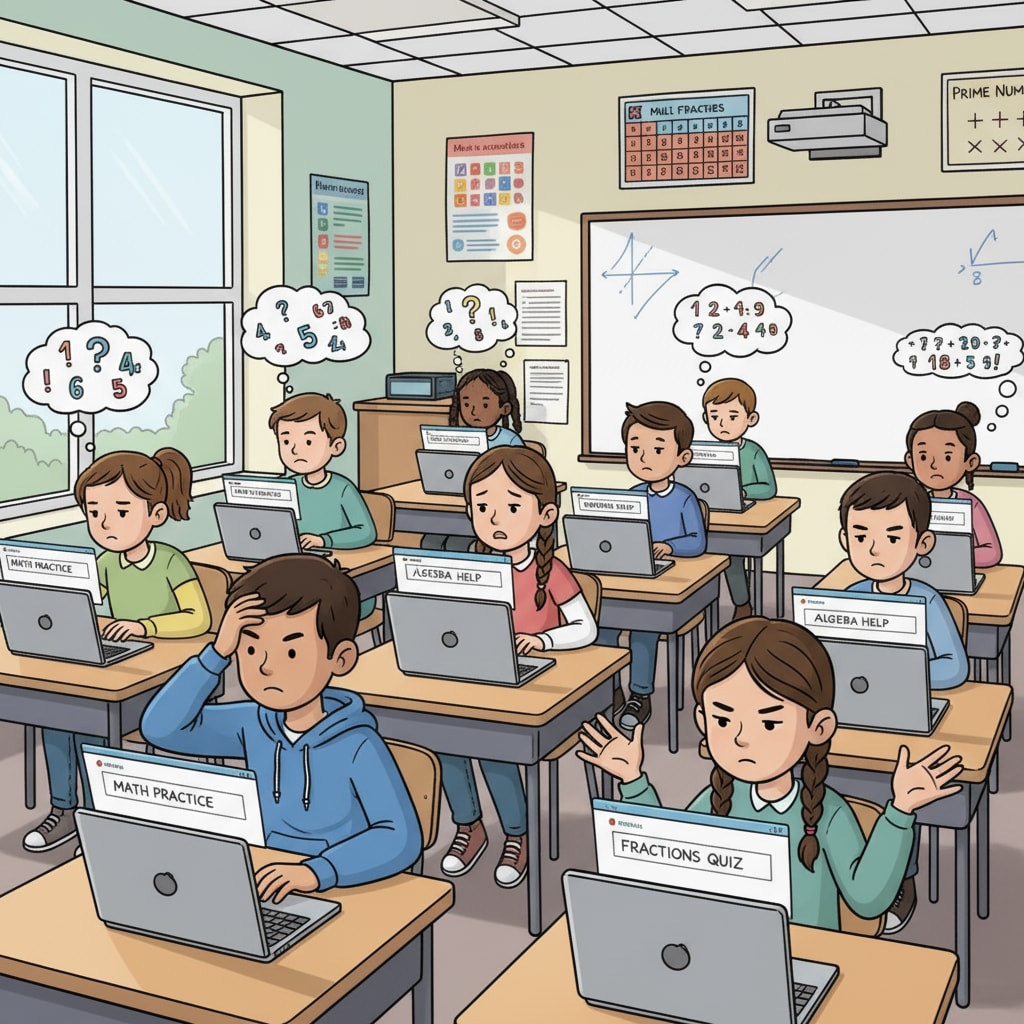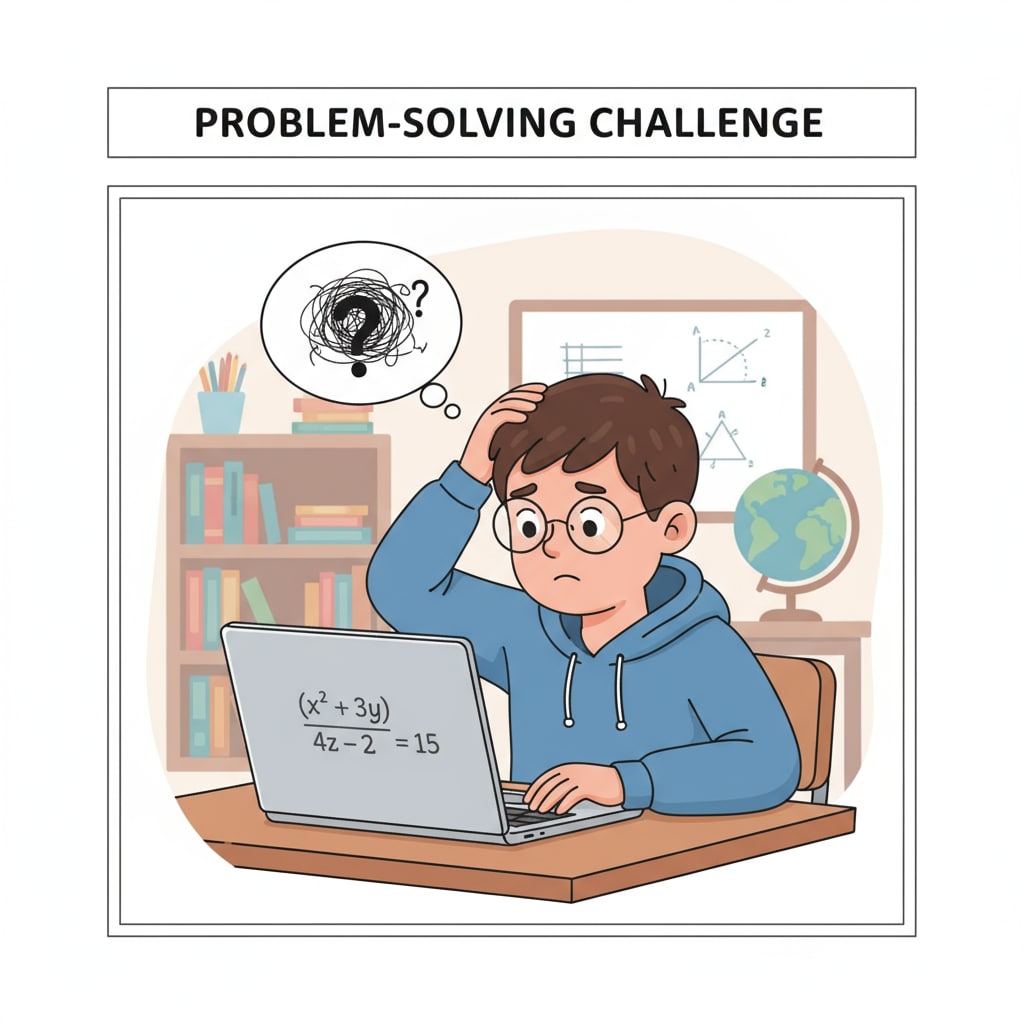In the realm of K12 education, digital learning has become a significant trend, especially with the prevalence of devices like Chromebooks. However, this shift towards digital learning brings several challenges, including the lack of comprehensive learning materials and sufficient math practice, along with difficulties in parental supervision.

The Digital Learning Landscape in K12
The push for digital learning in K12 education aims to modernize teaching and learning methods. Chromebooks, in particular, have been widely adopted due to their affordability and ease of use. They offer access to a plethora of online resources. However, a major drawback is the lack of well-structured, systematic learning materials. For example, many digital platforms provide fragmented content, making it hard for students to build a solid foundation. According to ISTE (International Society for Technology in Education), the quality and organization of digital learning materials vary greatly, which can hinder students’ learning progress.
The Shortage of Math Practice Materials
Math is a subject that requires extensive practice to master. On digital learning platforms, especially those accessible via Chromebooks, the availability of sufficient math exercises is a concern. Many platforms offer only a limited number of problems, and they may not cover all aspects of the curriculum. This lack of practice can lead to students struggling to understand complex concepts. For instance, in algebra, students need repeated practice with equations and problem-solving. Without enough practice materials, their skills may not develop adequately. As stated by NCTM (National Council of Teachers of Mathematics), consistent and varied math practice is crucial for student success.

Moreover, the format of digital math practice may not be as effective as traditional pen-and-paper exercises. Some students find it difficult to work out problems on a screen, as it lacks the tactile experience of writing on paper. This can also contribute to the inefficiency of learning.
The Struggle of Parental Supervision
Parental supervision plays a vital role in a child’s learning journey. In the digital learning environment, it has become more challenging for parents to keep track of their children’s progress. With Chromebooks, students can access various online resources, and it’s not always easy for parents to monitor what they are doing. Parents may not have the time or the technical know-how to effectively supervise their children’s digital learning. For example, they may not be able to determine if their child is actually engaged in learning or distracted by other online activities.
Furthermore, the lack of clear visibility into the learning materials and the progress of assignments makes it difficult for parents to provide appropriate support. They may not know which areas their child is struggling with, and thus, cannot offer targeted assistance.
The Need to Balance Traditional and Digital Approaches
While digital learning offers numerous benefits, it’s essential to recognize the value of traditional teaching methods. Pen-and-paper exercises still have their place, especially for subjects like math. They provide a more focused and tangible way of learning. In addition, parental supervision in the traditional sense, such as sitting with the child while they study, can be highly effective.
Educators should strive to find a balance between the two. This could involve supplementing digital learning with printed materials and providing parents with better tools and guidance to supervise their children’s digital learning. By combining the strengths of both traditional and digital approaches, we can enhance the overall learning experience for K12 students.
Readability guidance: The article uses short paragraphs and lists to summarize key points. Each H2 section provides relevant information. The proportion of passive voice and long sentences is controlled, and transition words are added throughout the text to enhance readability.


